Cultural Site
Gjirokastër Castle
The castle dominates the town and overlooks the strategically important route along the river valley. It is open to visitors and contains a military museum featuring captured artillery and memorabilia of the Communist resistance against German occupation, as well as a captured United States Air Force plane to commemorate the Communist regime's struggle against the Western powers.
The citadel existed in various forms since before the 12th century. Princess Argjiro inspired Albanian author Ismail Kadare in a poem he wrote in the 1960s. According to local Albanian folkloric traditions she lived in the 15th century and jumped off Gjirokastër Castle along with her child so as to avoid being captured by the Ottomans.
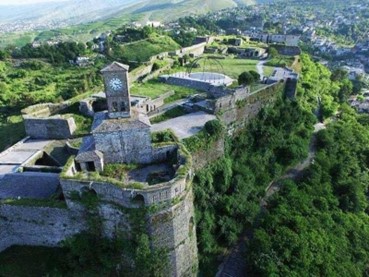
300
K+
Visitors For Year
Kadare's House
Kadare House is the newest attractions in the historic city. It belongs to the family of Ismail Kadare who was born here in 1936. Ismail Kadare is the most well known Albanian writer internationally, He has been nominated for the Nobel Prize in Literature 15 times. Destroyed by fire in 1997, the house is now being fully reconstructed and offers several of exhibitions mostly related with the figure of the writer. Opening hours from April to October from 09.00-19.00
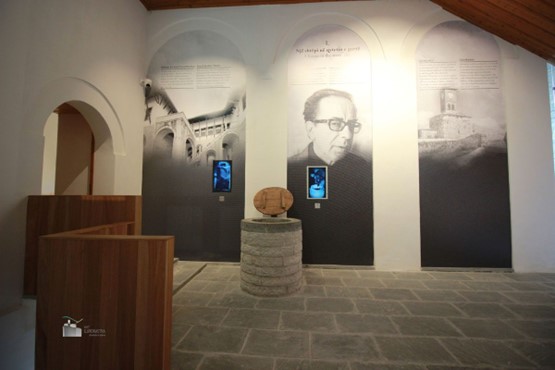
900
K+
Visitors For Year
The Bazaar of Gjirokastra
Until the mid 20th century Gjirokastra was an important market centre for agricultural products from the region, leatherworking and woodworking. The combination of administrative positions and vast feudal land holdings provided the basis for the wealth of the town. By the 1580s the town had more than 400 dwellings, and in the 17th century Memi Pasha, the Ottoman governor, laid out a new commercial quarter with a mosque, on the present site, with all roads coming together at the ‘neck’ of the bazaar.
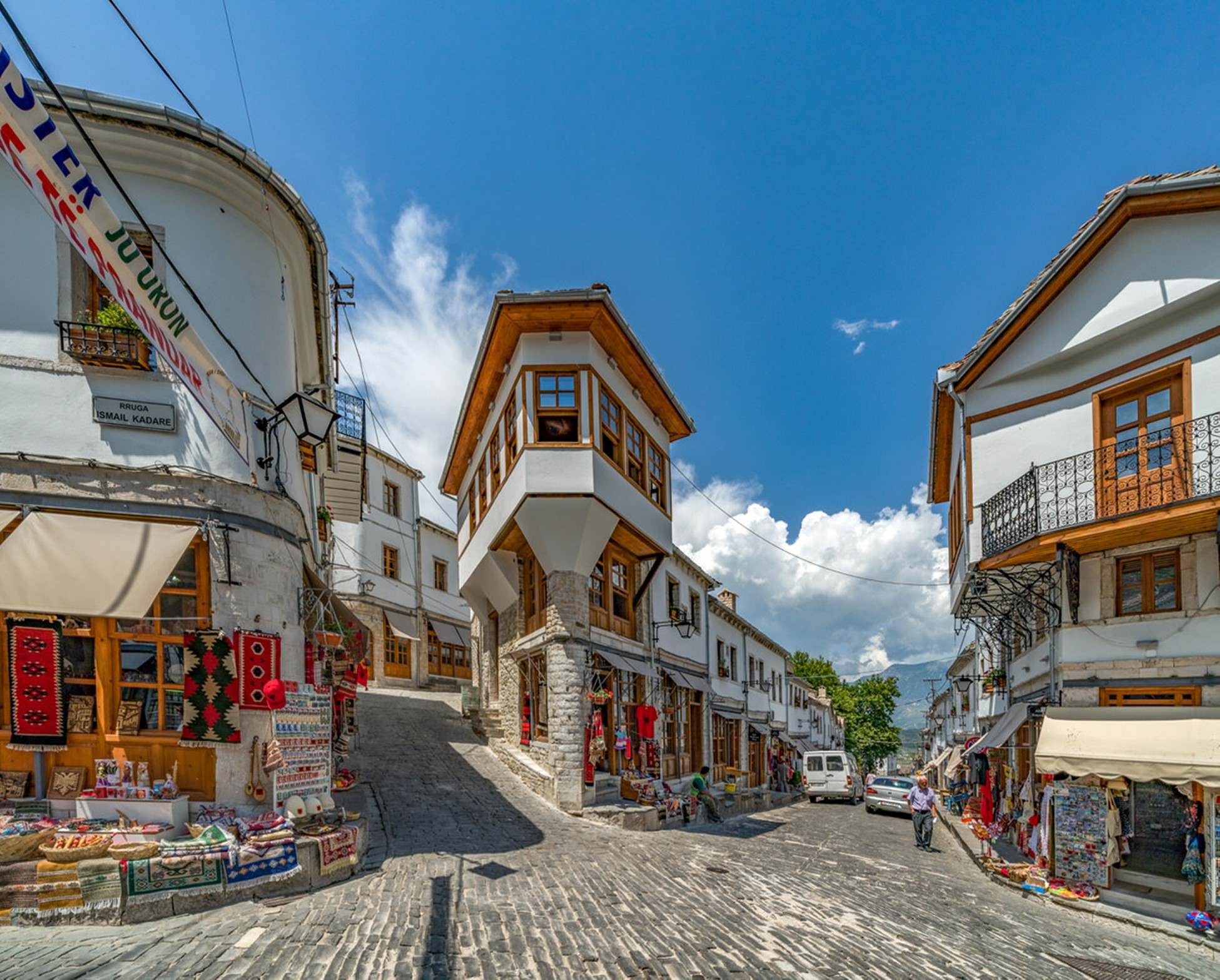
930
K+
Visitors For Year
Ethnographic Museum
The ethnographic museum is situated in the Palorto Quarter, which is the best preserved district in the old town of Gjirokastra. The Ethnographic Museum stands on the site of the home of Enver Hoxha, communist dictator of Albania from 1944 to 1985. The museum building was constructed in 1966 after the original house was destroyed by fire. The reconstruction was designed as a model traditional Gjirokastra house with many classic features known to have been copied from particular houses around the city. From 1966 to 1991 the building served as the Anti-Fascist Museum. In 1991 the exhibits from the previous Ethnographic Museum were moved into this space. The house has four floors, all of which are open to the public. The rooms are arranged as they would have actually been used and are decorated with numerous household items, folk costumes and cultural artefacts typical of a wealthy Gjirokastra family of merchants or Ottoman administrators living in the 19th Century.
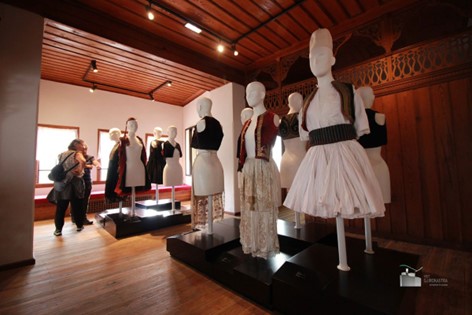
500
K+
Visitors For Year
Archeologic site of Hadrianopolis
Hadrianopolis is an ancient and medieval city, the ruins of which have been discovered near the village of Nepravishtë in Gjirokastër. The name is associated with the Roman emperor Hadrian and is first mentioned in the Tabula Peutingeriana. It spread over a steep triangular hill of 8 hectares. The surrounding walls from the 4th-3rd century BCE are reinforced with blocks of hewn stone and fortified with towers and embrasures. In the 1st-2nd centuries CE, the city was relocated. A rich necropolis, a theater, traces of dwellings, and a temple have been unearthed. In the late antiquity, it was an episcopal center. In the 5th-6th centuries, according to Procopius of Caesarea, it was renamed Justinianopolis (in honor of the Byzantine emperor Justinian).
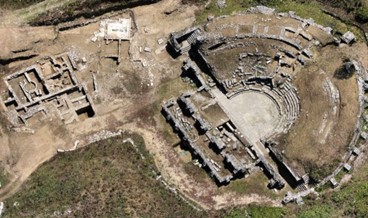
790
K+
Visitors For Year
Princess Argjiro inspired Albanian author Ismail Kadare in a poem he wrote in the 1960s. According to local Albanian folkloric traditions she lived in the 15th century and jumped off Gjirokastër Castle along with her child so as to avoid being captured by the Ottomans.